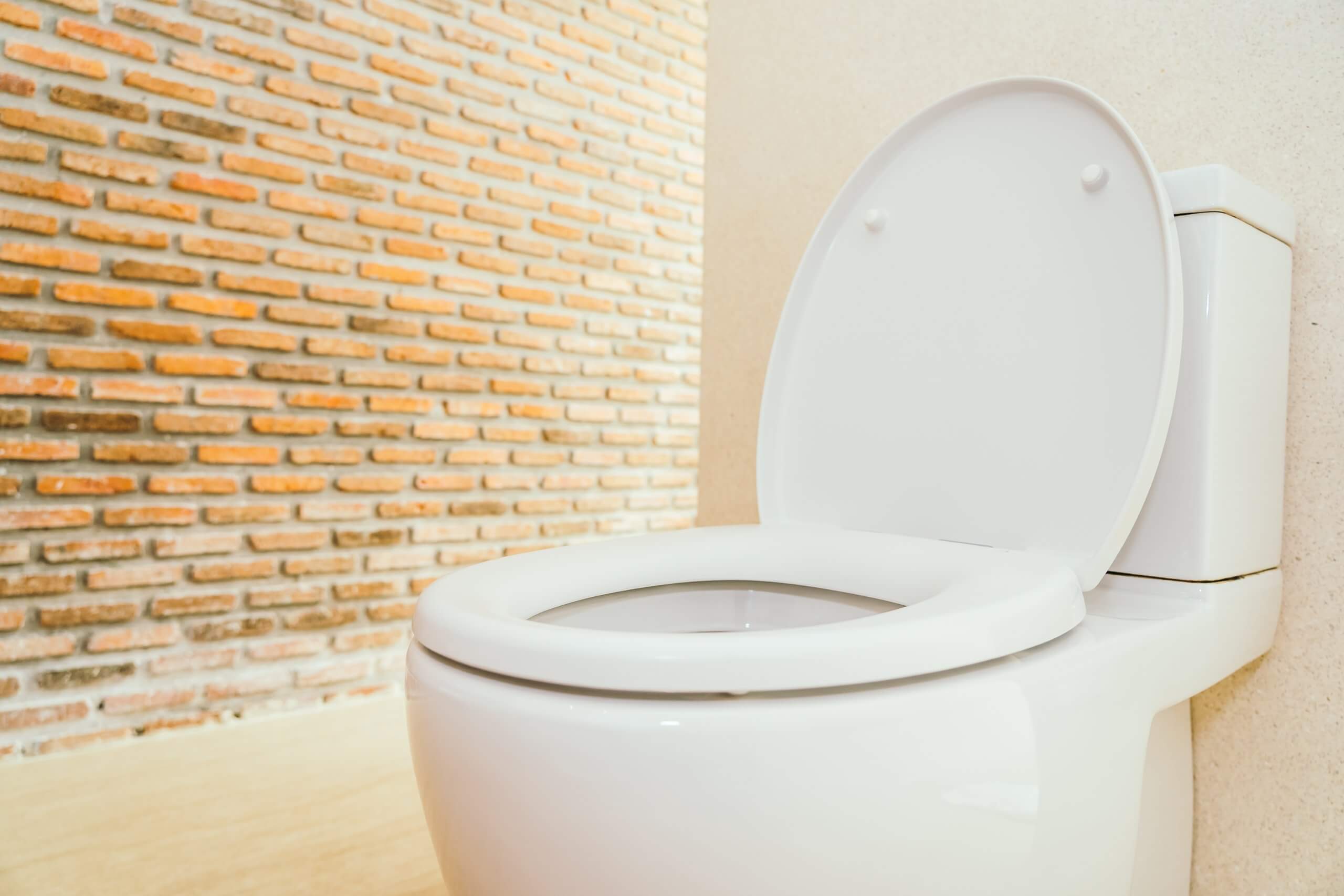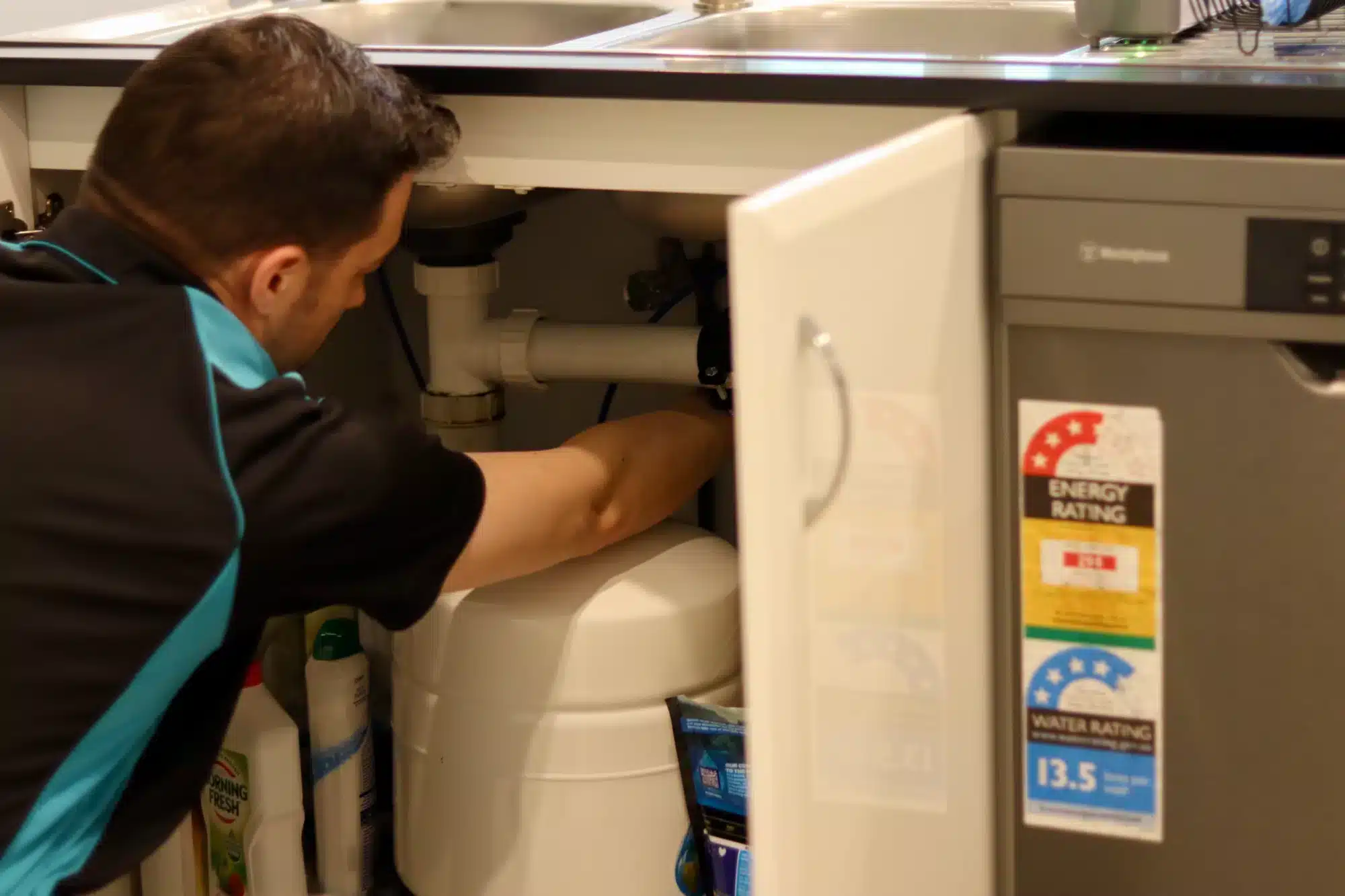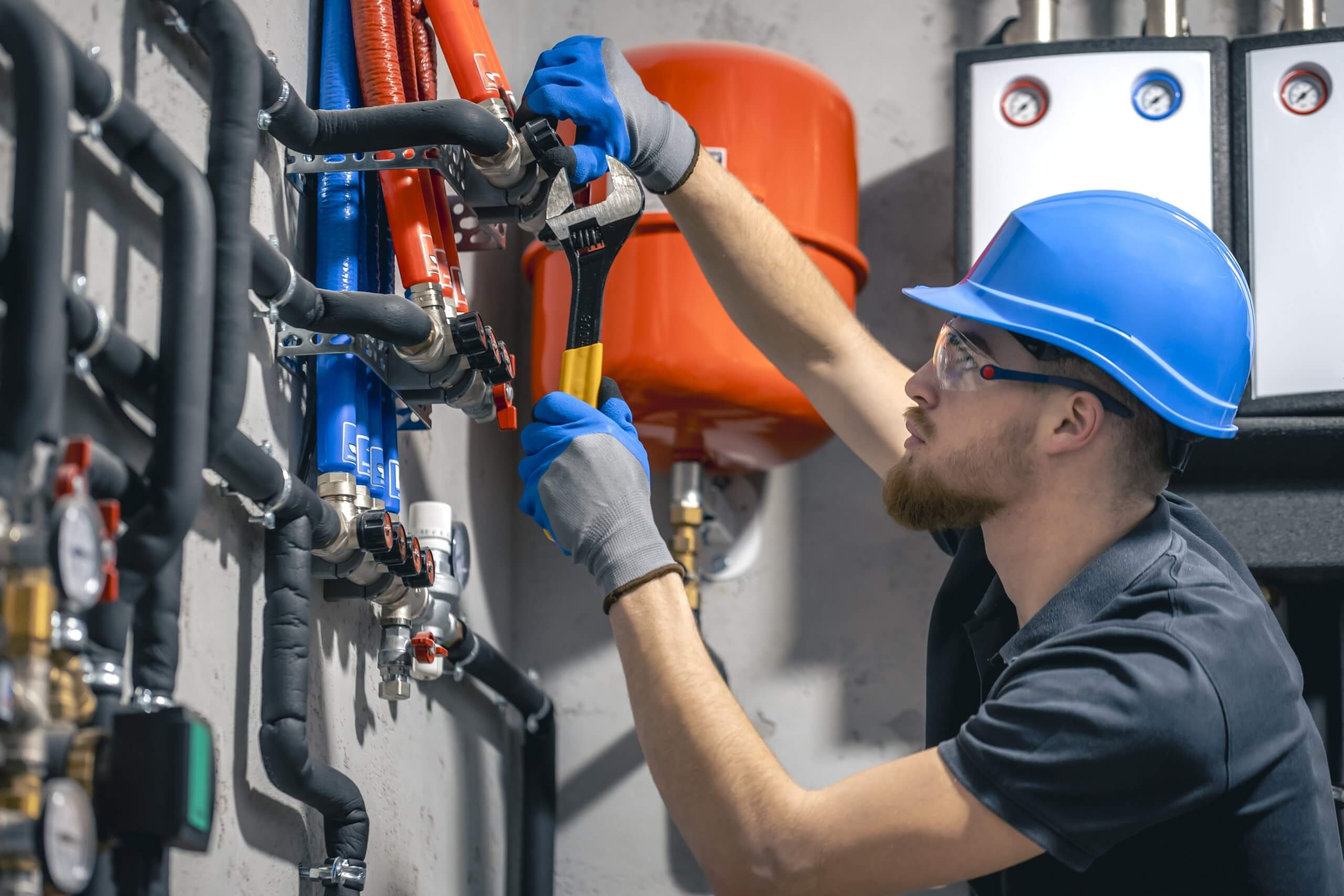Toilets are a staple of every modern home, and while they may seem like simple fixtures, they’re actually quite sophisticated. One of the most essential components is the toilet cistern, which is usually connected to the water line and water supply . If you’ve ever wondered what is a cistern toilet and how it works, this in-depth guide will walk you through everything you need to know, especially from an Australian perspective.
What is a Toilet Cistern?
A toilet cistern is a crucial part of a toilet system. It’s essentially a cistern tank that holds and releases water through the fill valve o flush waste from the toilet bowl into the sewer or septic system.
Usually located above or behind the toilet bowl, the cistern is connected to your home’s plumbing system and operates either by gravity or pressure. When you press the flush button or lever, the cistern releases a controlled amount of water flow into the toilet bowl, effectively flushing away waste.
In modern Australian homes, cisterns come in a variety of styles and designs, offering both functionality and aesthetic value to your bathroom, which maximises floor space.
How Does a Toilet Cistern Work?
The Flushing Process
The flushing process in a toilet cistern is straightforward yet effective. Here’s a basic breakdown of how it works, minimizing water wastage :
Water Storage: The cistern fills up with water after every flush, readying itself for the next use.
Triggering the Flush: When you press the flush button (either a full or half flush in dual-flush models), it activates the flush valve.
Releasing Water: The flush valve opens, allowing water to rush from the cistern into the toilet bowl with enough force to clear waste.
Disposal: The waste is carried away through the S-bend and into the home’s drainage system, using the power of gravity.
The Fill Mechanism
After the flush, the fill mechanism refills the cistern with water, preparing it for the next use. This process involves several key components:
Inlet Valve: This valve allows clean water from your mains supply to enter the cistern.
Float Valve (or Ballcock): As the cistern fills, the float rises with the water level. Once it reaches a pre-set height, it shuts off the inlet valve to prevent overflow.
Overflow Pipe: This is a safety feature designed to direct water into the toilet bowl if the cistern overfills, preventing leaks or water damage.
Modern cisterns, especially those installed in Australia, are designed with water efficiency and reduced water consumption in mind, complying with local regulations around water conservation.
Types of Toilet Cisterns
There are several types of toilet cisterns available on the Australian market, each offering distinct benefits and design features. Here’s a look at the most common types:
Close-Coupled Cisterns
These are among the most common types found in Australian homes. The cistern sits directly on top of the toilet pan, forming a single unit. They are easy to install and repair, making them a cost-effective option.
Back-to-Wall Cisterns
In this design, the toilet pan sits flush against the bathroom wall, and the cistern may be either exposed or partially concealed. This creates a neater, more streamlined look and makes cleaning around the toilet easier.
Concealed or In-Wall Cisterns
These modern setups hide the cistern within the wall cavity or behind cabinetry, with only the flush plate visible. They are excellent for minimalist bathroom designs and save space while pouring water from the cistern , though installation and maintenance can be more complex.
Wall-Hung Cisterns
Wall-hung systems mount both the cistern and toilet pan on the wall. The pan floats above the floor, making cleaning effortless and giving bathrooms a sleek, contemporary appearance. These systems are popular in upscale renovations and modern homes.
Components of a Toilet Cistern
Understanding the main components of a toilet cistern, such as the fill valve controls and how the float valve opens, can help you troubleshoot issues and perform basic maintenance. , can help you troubleshoot issues and perform basic maintenance. These include:
- Flush Button or Lever: Activates the flush mechanism.
- Flush Valve: Opens to release water into the bowl.
- Inlet Valve: Controls the water entering the cistern.
- Float Valve: Regulates the water level.
- Overflow Pipe: Prevents the cistern from flooding.
- Diaphragm Washer: Seals the inlet valve and may need replacing over time.
Benefits of Using a Toilet Cistern
Toilet cisterns provide several benefits that make them indispensable in modern Australian households, ensuring proper functioning and efficiency :
Water Efficiency:
With dual-flush technology standard in Australian homes, cisterns help significantly reduce water usage. Full flushes usually use around 4.5 litres, while half flushes use just 3 litres or less.
Hygienic Design:
Concealed cisterns reduce hard-to-clean areas where bacteria and grime can accumulate, promoting a cleaner bathroom environment.
Aesthetic Appeal:
Available in various designs, from classic to ultra-modern, cistern toilets can complement any bathroom decor.
Durability:
Most cisterns are built from high-quality materials designed to last for many years with minimal maintenance.
Maintenance and Troubleshooting
Keeping your toilet cistern in good condition ensures optimal performance and longevity. Some essential maintenance tasks include:
Checking for Leaks:
Inspect the area around the toilet and behind the wall (if it’s a concealed cistern) for signs of water leakage.
Cleaning Inside the Cistern:
Sediment and mineral build-up can impact performance. Clean the inside occasionally if accessible.
Testing Flush Strength:
If the flush seems weak or sluggish, it might indicate a problem with the valve or a blockage.
Common Issues and Solutions
Toilet cisterns may encounter a few common issues over time, especially with the water release mechanism. Here’s how to tackle them:
Continuous Running Water:
This usually means the flush valve or inlet valve is faulty. Try adjusting the float or replacing worn-out washers.
Weak Flush:
Could be caused by a partially blocked rim or low water level in the cistern.
Noisy Refill:
Air in the pipes or a loose valve can cause a loud refill. Tightening connections often fixes the issue.
If you’re unsure how to proceed or the problem persists, it’s best to contact a licensed plumber.
Frequently Asked Questions (FAQs)
How does a toilet cistern work in Australia?
Australian toilet cisterns typically use a dual-flush system to meet national water efficiency standards while also considering water pressure . When you press a flush button, water is released to remove waste. The cistern then refills using a float and inlet valve system.
Why are cisterns not used anymore?
Actually, cisterns are still widely used. However, the design has evolved—many cisterns are now hidden behind walls or integrated into compact systems for a more modern look.
What is the difference between a toilet and a cistern?
The toilet is the entire fixture used for waste disposal, including the bowl and the cistern, and it can be replaced with an old cistern . The cistern specifically refers to the water tank component that stores and delivers the flushing water.
What are the disadvantages of cisterns?
While modern toilets with cisterns are reliable, disadvantages may include:
- Potential leaks or wear over time.
- Difficulty accessing in-wall or concealed cisterns for repairs.
- Upfront cost for premium models or installation.
Where is the cistern on a toilet?
It depends on the type. In close-coupled toilets, it sits directly on top of the bowl, connected through the water supply line . In back-to-wall or concealed toilets, the cistern is hidden behind the wall or inside cabinetry.
How do you fix a toilet cistern that keeps running?
Start by checking the float valve and the flush valve seal. Often, replacing a worn washer or adjusting the float arm will solve the problem. If it continues, it’s best to call a professional plumber.






